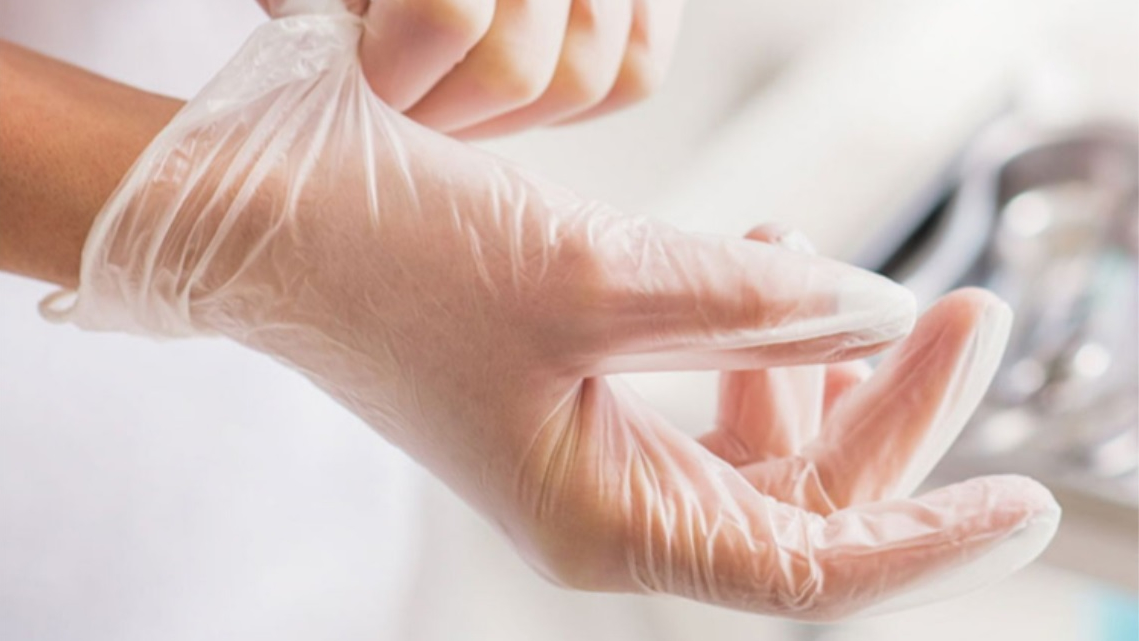The role of plasticizers in PVC gloves
For PVC gloves, whether the secondary particles are easy to disintegrate into primary particles under the action of plasticizers; the average particle size of the paste resin; the type and amount of emulsifiers retained on the surface of the paste resin are the main determining factors affecting the smoothness and pinhole rate of the gloves.
The role of plasticizers in PVC gloves:
1) The resin molecules are bound together by strong van der Waals forces, with strong rigidity and insufficient softness. Plasticizers are filled between macromolecules, making the molecules easier to move between each other, reducing the crystallinity of the polymer molecular chain, that is, increasing the plasticity of the PVC resin.
2) The elongation, tortuosity and flexibility of PVC are improved, while the hardness, modulus, softening temperature and brittle temperature are reduced, thus meeting the needs of the glove industry.
The amount of PVC plasticizer should be added according to the softness requirements of the product, the purpose, process and use environment. Just like the PVC film produced by the calendering process under normal circumstances, the total amount of plasticizer is about 50 parts. The blown film is slightly lower, generally about 45 parts is enough.
